Is My Horse Chestnut Sick – Identifying Common Horse Chestnut Issues
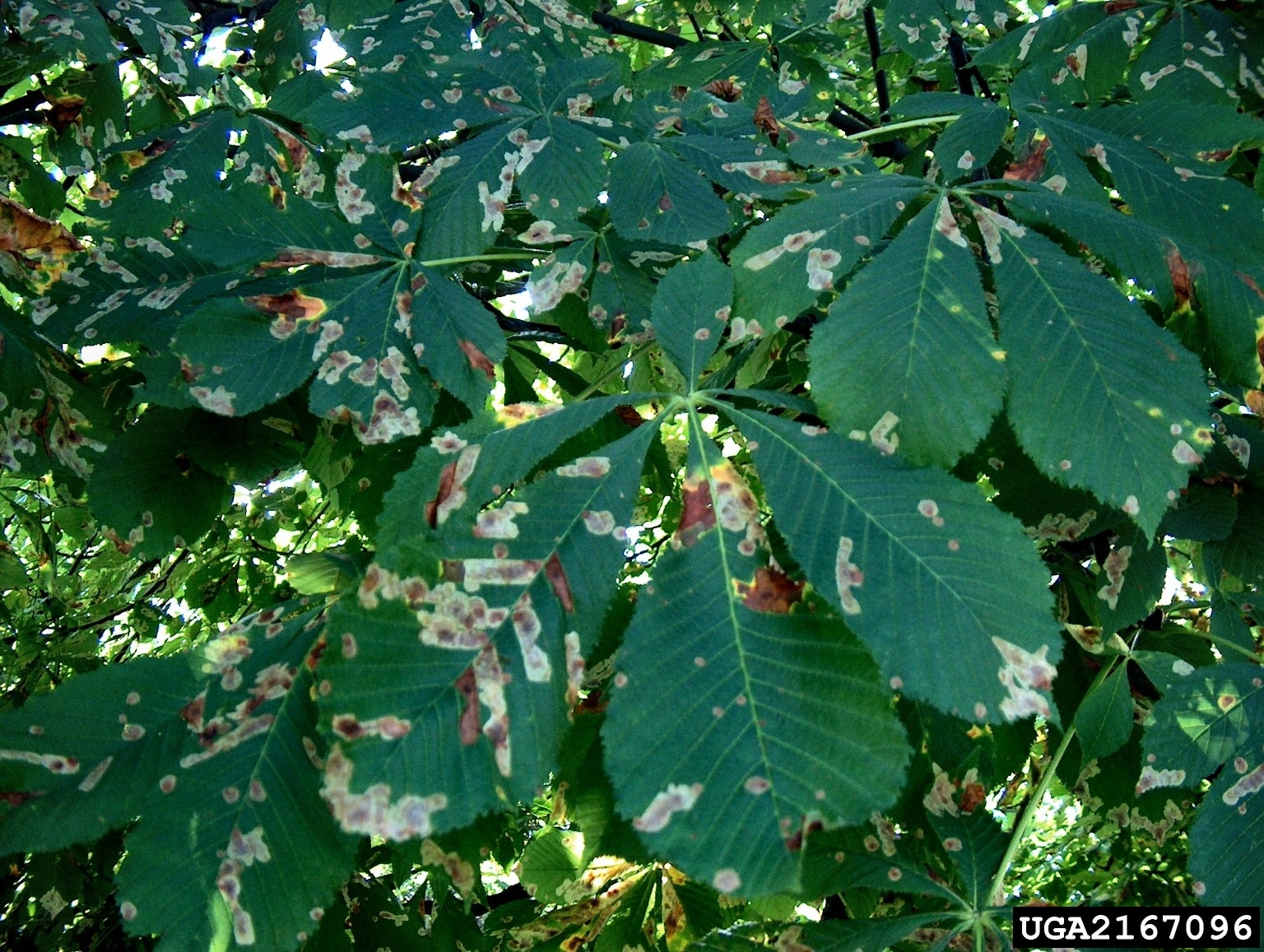

A large, beautiful tree with showy white blossoms, the horse chestnut is often used as a landscape specimen or to line streets in residential neighborhoods. The pristine canopy is perfect for providing shade and the spring blooms are a welcome sign of the new season. Aesculus hippocastanum is native to parts of Europe but grows now in most areas of North America. In spite of its attractiveness, though, problems with horse chestnut can and do occur.
What’s Wrong with My Horse Chestnut Tree?
As with all trees, there is always a chance of pest infestation and disease infection. These trees are popular but have recently experienced serious health problems from the horse chestnut leaf miner and bacterial bleeding canker. How can we avoid horse chestnut problems like this in our trees? Here are some tips for identification of horse chestnut issues and how to avoid the problems.
Horse Chestnut Leaf Miner
Horse chestnut leaf miner feeds on leaves of the tree. All it takes is one infected horse chestnut seedling and then problems with horse chestnut leaf miner begin. The damage from these pests is largely aesthetic and decreases their vigor but doesn’t cause any actual health problems for the tree. However, since the tree’s appearance is a large part of its value, we want to keep them vigorous and pest free.
You may be wondering, is my horse chestnut sick? Not all horse chestnut trees are susceptible to this pest. Keep an eye on the leaves of your tree for spots that first look bleached, then turn brown and roll up early but do not drop from the tree. Report this to your local county extension office. Also, consider adding beneficial insects to the area.
Bacterial Bleeding Canker
Bacterial bleeding canker has also caused problems to horse chestnut trees. Previously caused by two Phytophthora pathogens, damage now appears to be caused by the bacterial pathogen, Pseudomonas syringae pv aesculi, according to Forest Research. Bacteria may enter through pruning cuts or spots where the tree has mechanical damage, such as from lawnmowers.
Bleeding canker causes problems both internally and on the outside of the tree and may cause death. You may first notice bleeding lesions, an unusual colored liquid oozing from patches of dead bark on stems or branches. The liquid may be blackish, rusty-red, or a yellowish brown. It may also appear near the bottom of the trunk.
The sap may be clear or cloudy in spring, dry up during hot, dry summers, and return in autumn. Lesions may eventually surround the tree or its branches, causing leaves to yellow. Decay fungi may attack the wood exposed by the lesions. Breathable tree wrap may help with this situation, as well as pruning out damaged branches far below the infection. Avoid pruning in spring and autumn when the bacteria are most active.
Gardening tips, videos, info and more delivered right to your inbox!
Sign up for the Gardening Know How newsletter today and receive a free copy of our e-book "How to Grow Delicious Tomatoes".

Becca Badgett was a regular contributor to Gardening Know How for ten years. Co-author of the book How to Grow an EMERGENCY Garden, Becca specializes in succulent and cactus gardening.
-
 10 Common Composting Problems That Can Spoil Your Garden Gold – Plus Easy Fixes
10 Common Composting Problems That Can Spoil Your Garden Gold – Plus Easy FixesLearn how to troubleshoot common composting issues before they ruin your stash – from bad smells and bugs to materials not breaking down as they should.
By Susan Albert
-
 Terrifically Tubular Flowers For Hummingbirds: 9 Tube-Flowered Plants To Attract Hummers
Terrifically Tubular Flowers For Hummingbirds: 9 Tube-Flowered Plants To Attract HummersGrowing tubular flowers for hummingbirds helps you create the optimum feeding conditions for your winged friends. Here are nine tubed delights for hummers
By Tonya Barnett
-
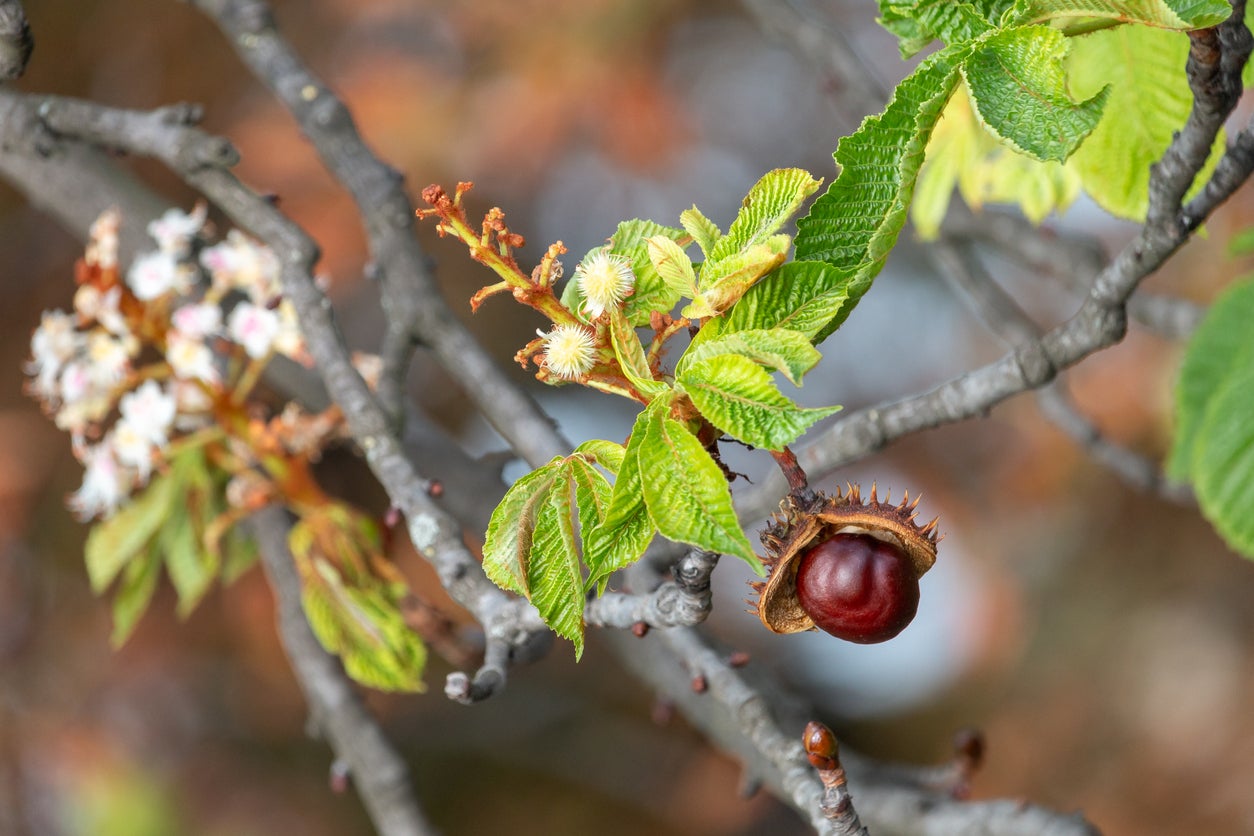 Horse Chestnut Pruning: Should You Cut Back Horse Chestnut Branches
Horse Chestnut Pruning: Should You Cut Back Horse Chestnut BranchesWhat does it take to keep a horse chestnut tree healthy? Do you need to cut back a horse chestnut? The following information on horse chestnut pruning discusses the pros and cons of pruning horse chestnut trees and how to prune them. Click here to learn more.
By Amy Grant
-
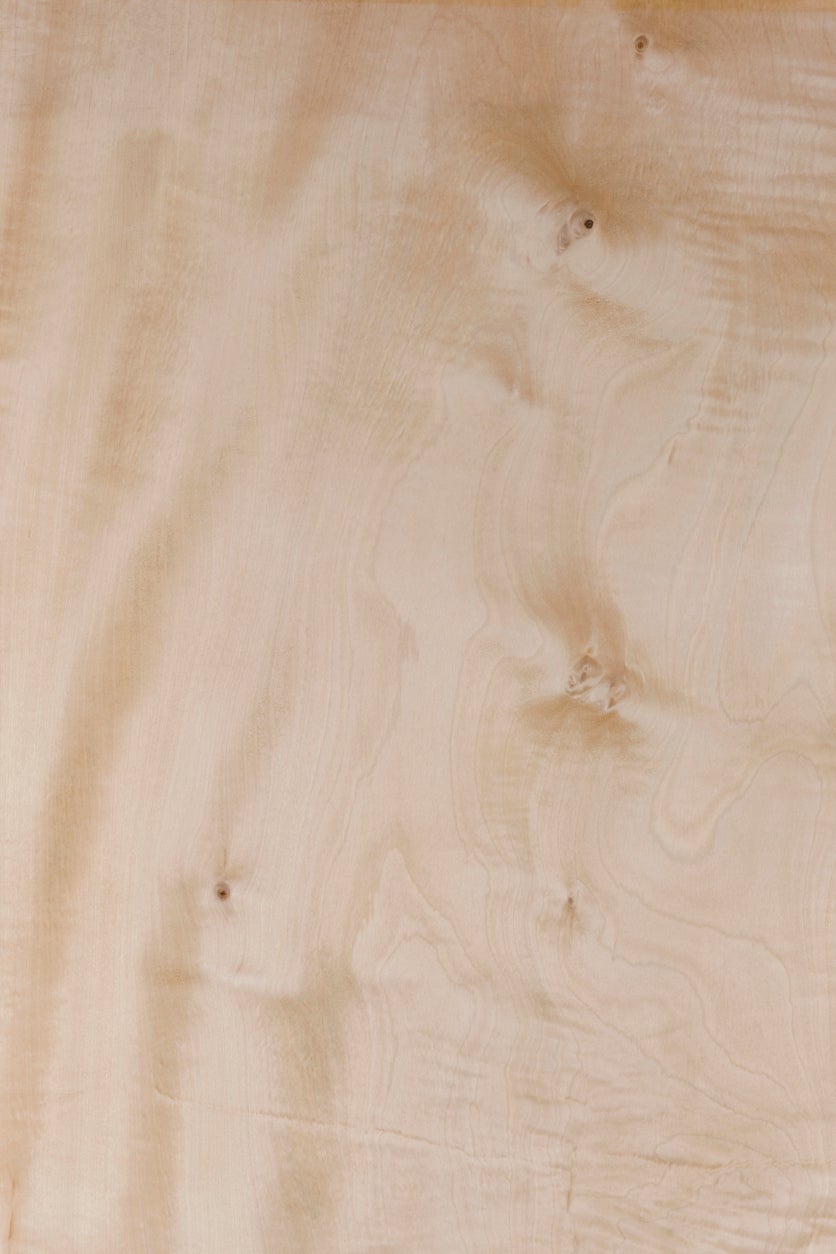 Uses For Horse Chestnut Wood – Building With Horse Chestnut Trees
Uses For Horse Chestnut Wood – Building With Horse Chestnut TreesBuilding with horse chestnut isn’t common because it is a weaker wood compared to others, and doesn’t resist rot well. But, with its creamy color and other desirable characteristics, there are some uses for horse chestnut in woodworking and turning. Learn more here.
By Mary Ellen Ellis
-
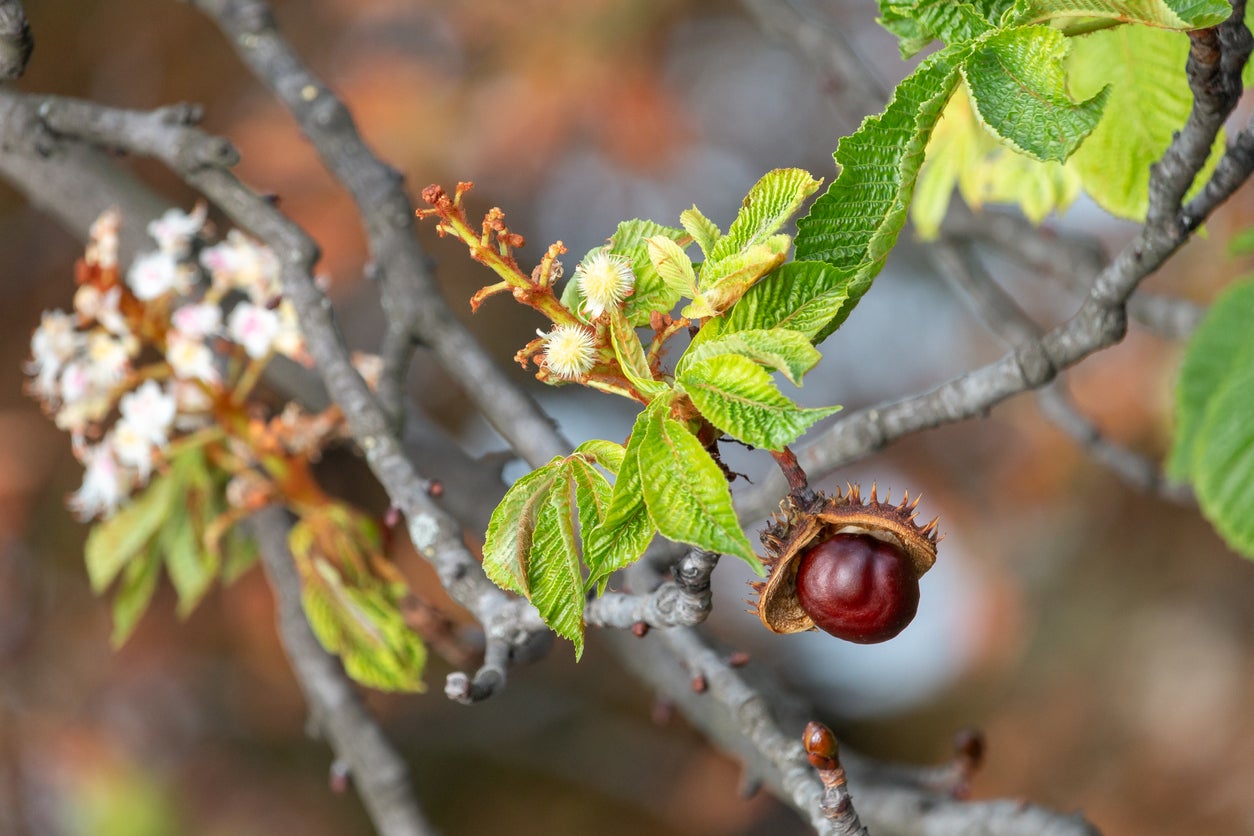 Horse Chestnut Varieties – Are Buckeyes And Horse Chestnuts The Same
Horse Chestnut Varieties – Are Buckeyes And Horse Chestnuts The SameOhio buckeyes and horse chestnuts are closely related but they aren’t the same. Wondering how to tell the difference between buckeyes and horse chestnuts? Learn the distinguishing characteristics of each and more about other Aesculus varieties in this article.
By Mary H. Dyer
-
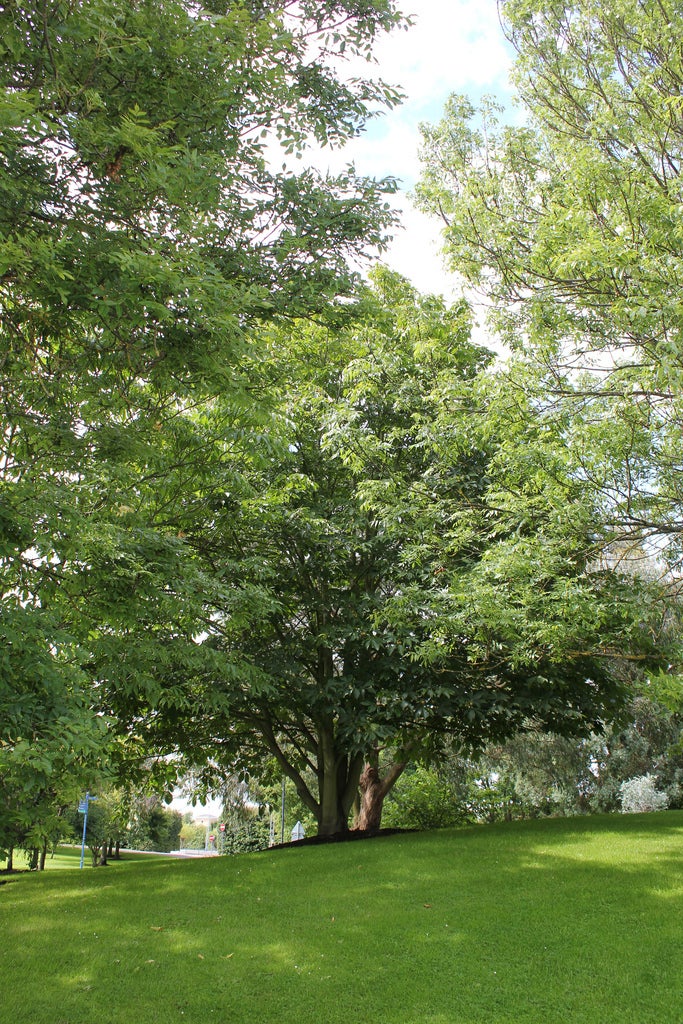 Japanese Horse Chestnut Info: Tips For Growing Japanese Chestnut Trees
Japanese Horse Chestnut Info: Tips For Growing Japanese Chestnut TreesIf you’re looking for a truly spectacular shade tree, look no further than the Turbinata chestnut, also known as the Japanese horse chestnut, tree. Want to learn more? Click on the following article for Japanese horse chestnut info and care for this impressive tree.
By Amy Grant
-
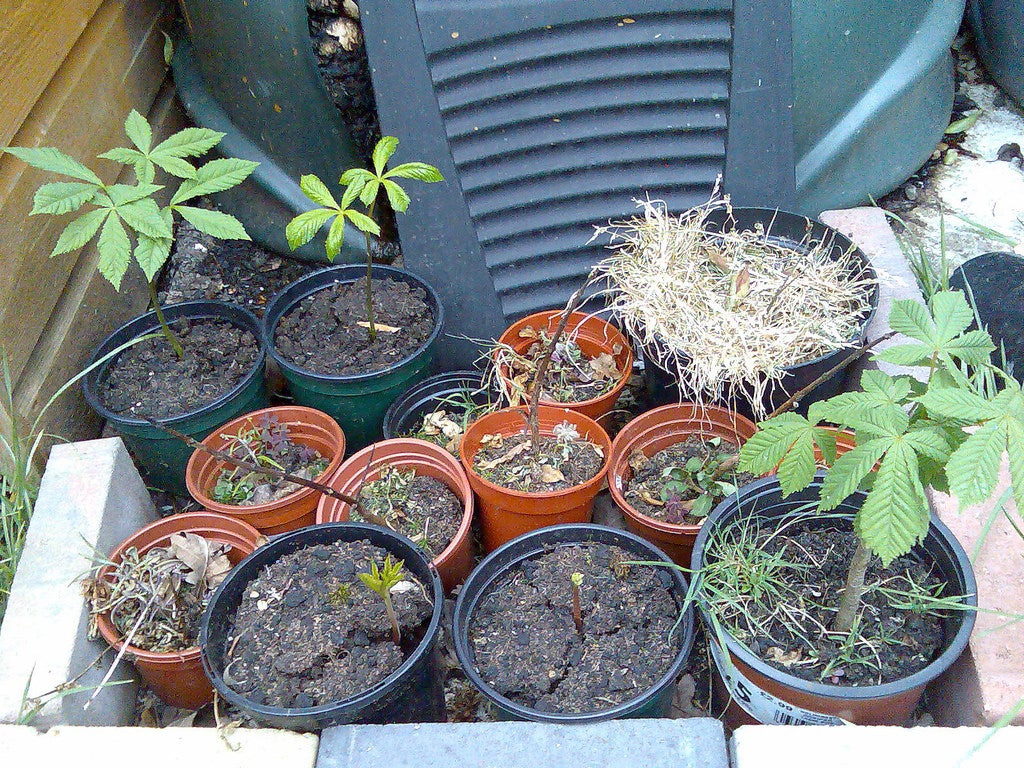 Potted Horse Chestnut Care – Can Horse Chestnut Trees In Containers Survive
Potted Horse Chestnut Care – Can Horse Chestnut Trees In Containers SurviveThe prolific fruit litter from horse chestnuts results in hundreds of intriguing nuts that can be container grown into trees. However, a potted horse chestnut is a short-term solution. Learn more about growing horse chestnuts in containers here.
By Bonnie L. Grant
-
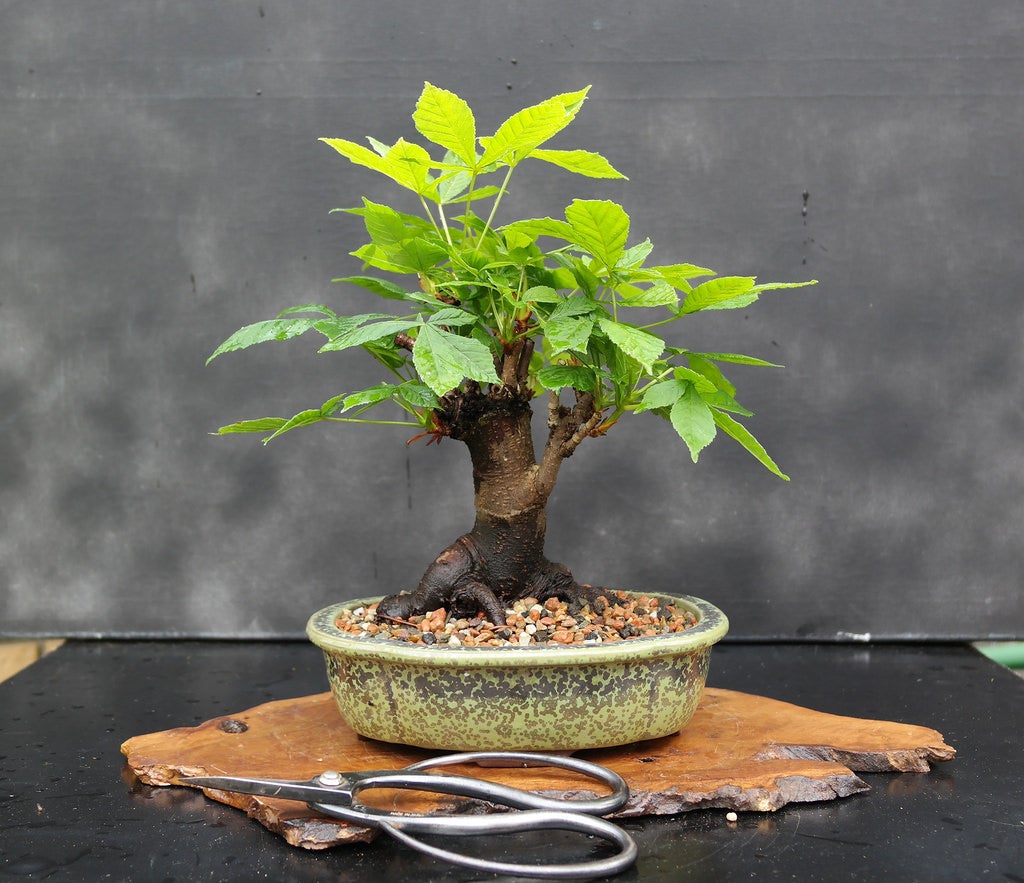 Horse Chestnut Bonsai Plants – Can You Grow A Horse Chestnut Bonsai Tree
Horse Chestnut Bonsai Plants – Can You Grow A Horse Chestnut Bonsai TreeNewcomers to the art of bonsai might have some trepidation about using an expensive specimen for their first attempt. Many native trees can become beautiful bonsai for little cost. Take the horse chestnut, for example. Find out how to grow a horse chestnut bonsai here.
By Amy Grant
-
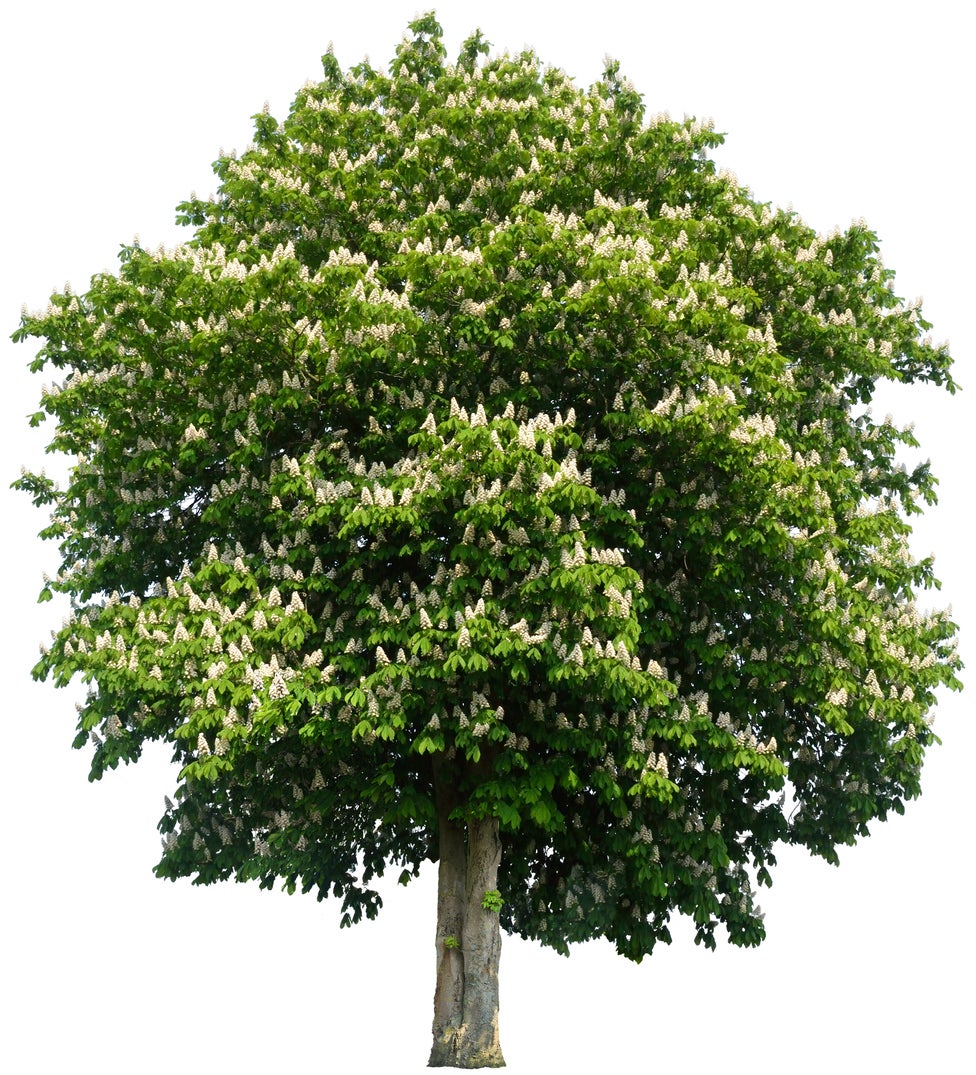 Baumann Horse Chestnut Trees – Care Of Baumann Horse Chestnuts
Baumann Horse Chestnut Trees – Care Of Baumann Horse ChestnutsThe Baumann horse chestnut is an interesting combination of both an attractive flowering tree and one that provides pleasant shade in the summer. Want to see if this tree is a good fit in your landscape? Click here for additional information.
By Tonya Barnett
-
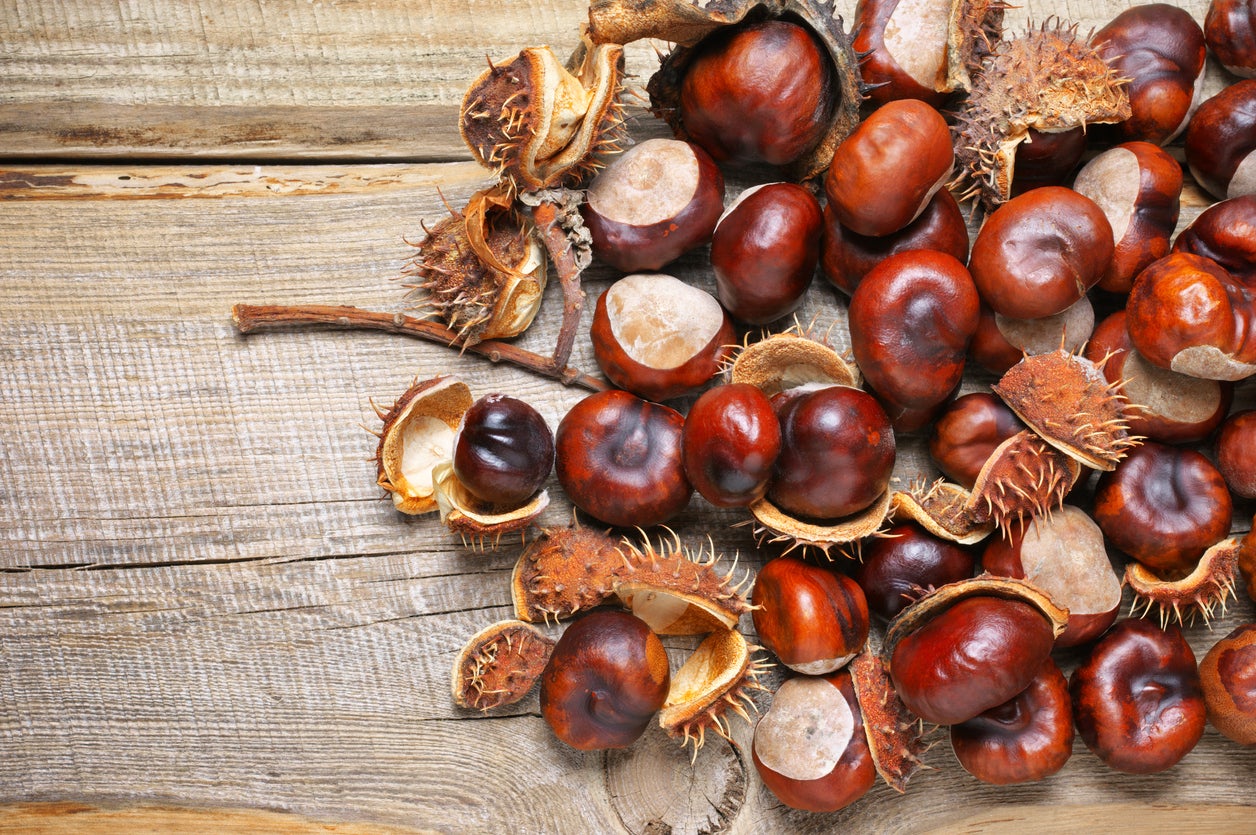 Are Horse Chestnuts Edible: Learn About Toxic Horse Chestnuts
Are Horse Chestnuts Edible: Learn About Toxic Horse ChestnutsWhen you hear the song about chestnuts roasting on an open fire, don’t mistake these nuts for horse chestnuts. Horse chestnuts are a very different nut. Are horse chestnuts edible? They are not and should not be consumed by people, horses, or other livestock. Learn more here.
By Teo Spengler